-
Windows
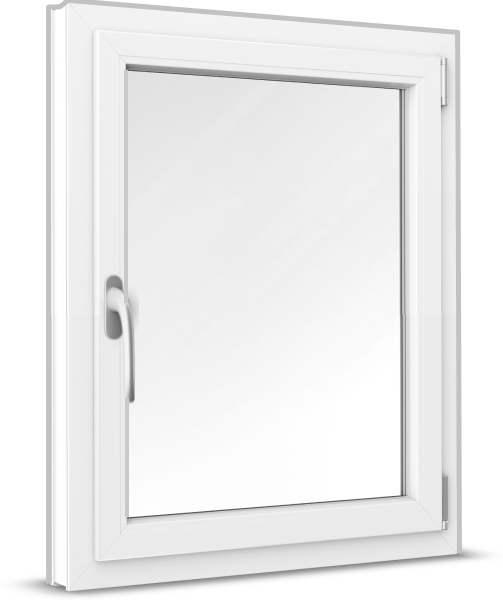 Windows
Windows
-
French Doors
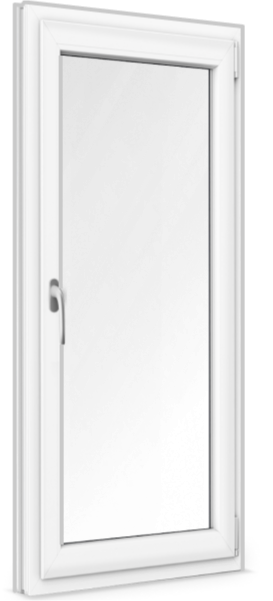 French Doors
French Doors
-
Patio Doors
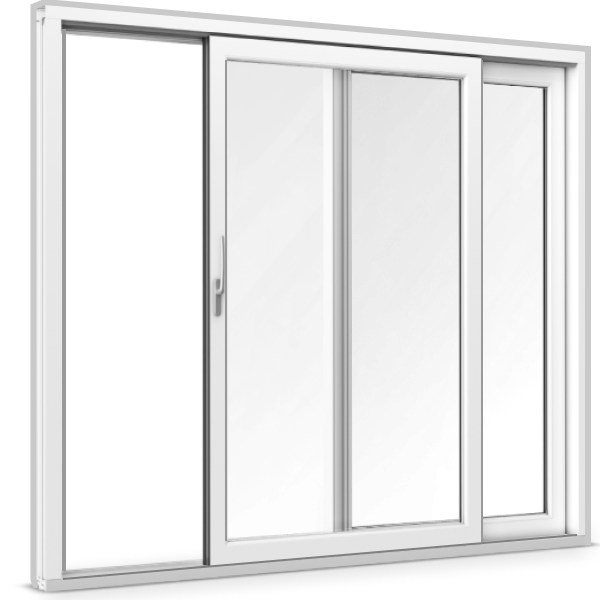 Patio Doors
Patio Doors
-
Front Doors
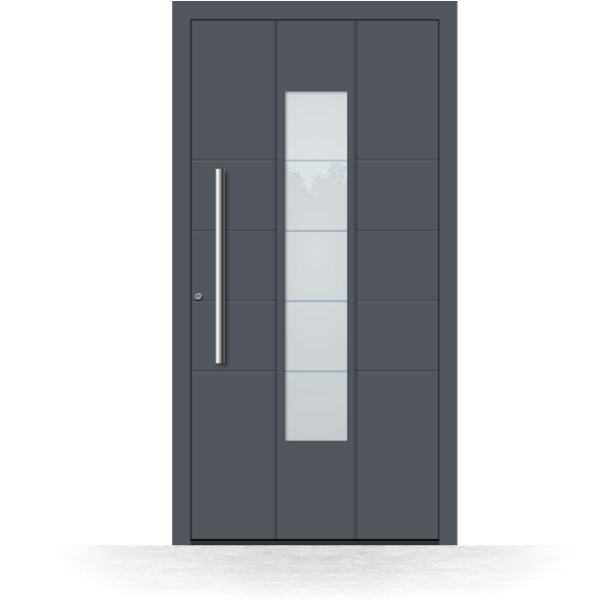 Front Doors
Front Doors
-
Roller Shutters
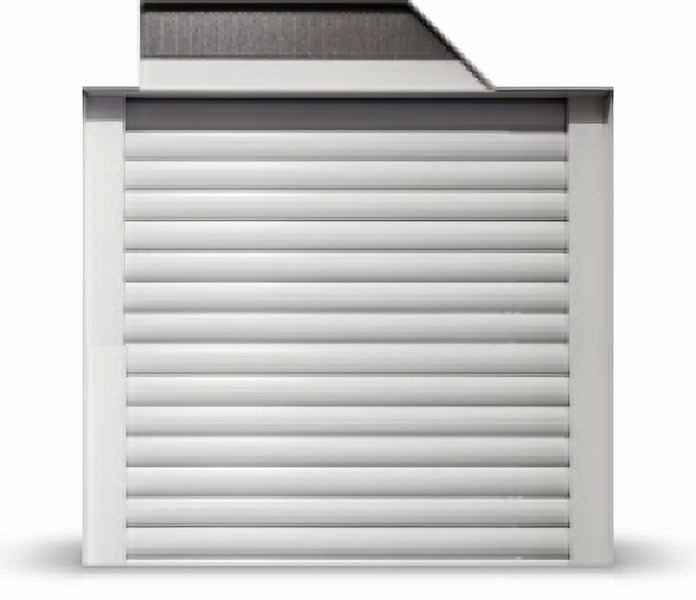 Roller Shutters
Roller Shutters
-
Window Sills
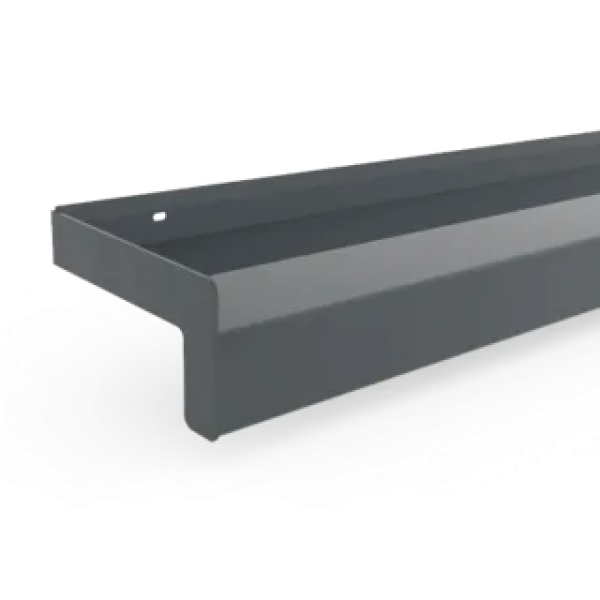 Window Sills
Window Sills
-
Sign in
Contact us
Because glass takes up a large proportion of windows', French doors', or patio doors' surfaces, its quality and design impact the product’s final look and performance. With our precisely produced triple glazing, warm interiors and savings on utility bills can be relied on. Thanks to a range of options for additional soundproofing, security adjustments, and decorative finishes, the glass can be further customised to suit exact requirements. Just read on or head to the configurator to find out more today.
Configure now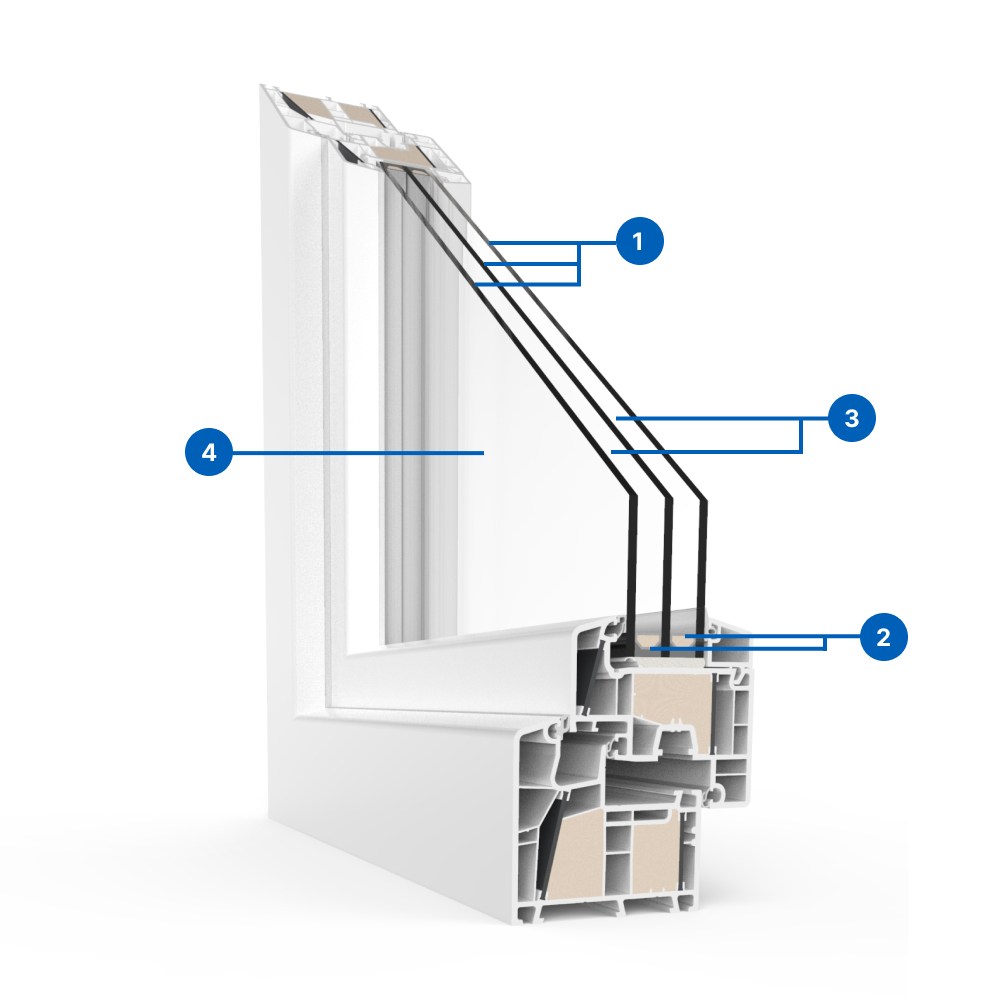
The decision between a double or triple-glazed panel depends on several factors, including budget, regulations, energy saving aims, and installation location.
For customers who are purchasing windows for basements that will be used for storage or who want good standard insulation for living spaces, double glazing can be sufficient.
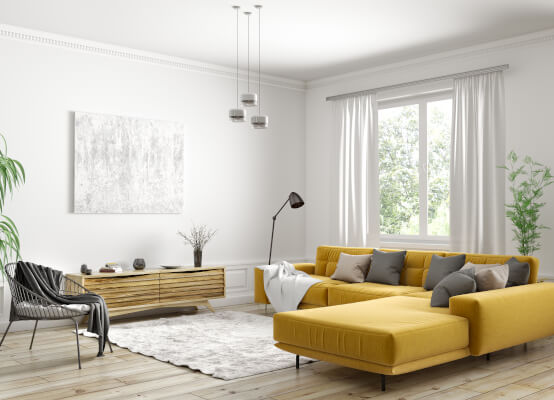
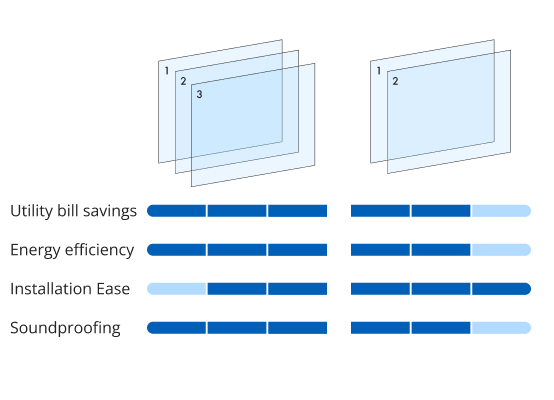
With a quality profile, the glass can meet regulations like the UK’s 2023 Approved Document L where replacement windows can't have a worse u-value than those they replace and should have 1.4 W/(m²K) as a minimum. Double glazing tends to be cheaper than triple-glazed units and is lighter to install.
To save on utility bills, reduce carbon footprint, and maximise energy efficiency to achieve Passive House certificates, our experts recommend triple glazing. Although the glass comes with higher initial costs, it provides savings in the long run and gives improved soundproofing thanks to its thicker surface.
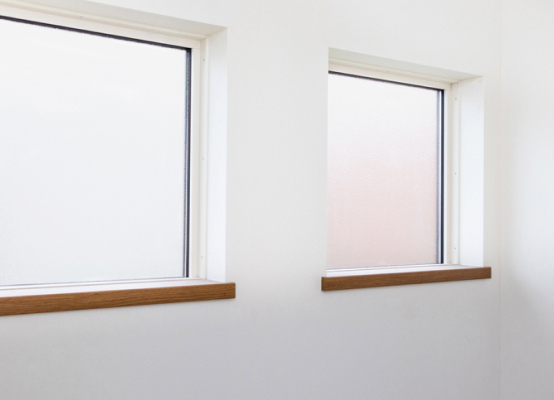
An invisible “silence foil” can be inserted between the panes during manufacturing to achieve the desired degree of soundproofing. With this acoustic glass, noise through windows and doors can be reduced by up to 45 dB, which is suitable for properties located as close as 300 m from an airport.
During production, the triple-glazed unit can be additionally laminated or tempered. Here an invisible PVB polymer foil is inserted between the panes, or the safety glass is put under much heat before being rapidly cooled. The panel therefore becomes more impact resistant and won’t break into sharp shards.
To add interest and character to property façades and interiors alike, an ornamental surface finish can be added as well as frosted options that add privacy and create secluded spaces.